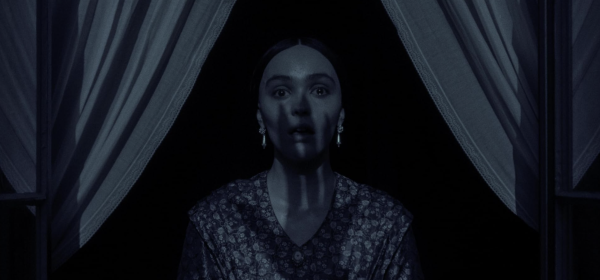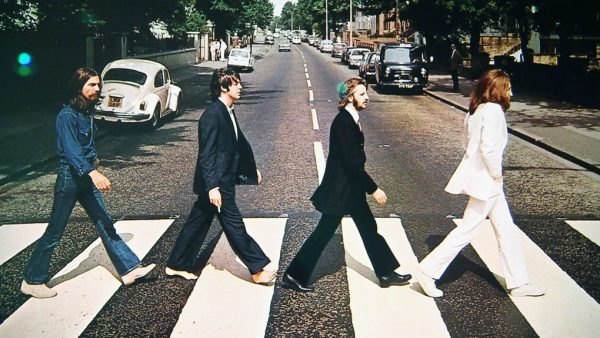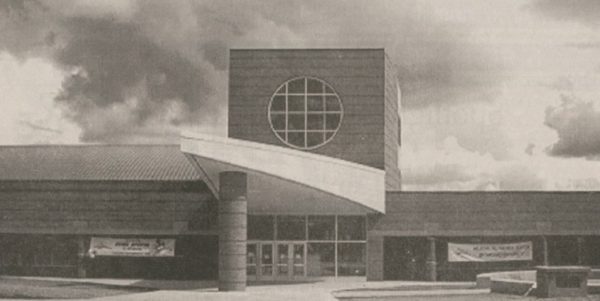Slow but steady progress in Silent Hill: Homecoming
By Rory McCarty
Senior Reporter
REVIEW
“Silent Hill: Homecoming” is the first “Silent Hill” console game in four years, since 2004’s lackluster “Silent Hill 4: The Room.” It’s also developed by the western-based game company Double Helix, a departure from the series’ Japanese pedigree. So how does the latest trip to the foggy hamlet fare?
The game follows the story of war veteran Alex Sheperd as he looks for his little brother, Joshua. He returns to his hometown of Sheperd’s Glen, only to find the town nearly abandoned and engulfed by a strange fog.
Though the developers of “Homecoming” have rebuilt “Silent Hill’s” game play from the ground up, they’ve taken care to recapture the atmosphere of the series. However, basic changes in things like combat and perspective have totally altered the feel of the game.
In previous games, the camera would be in fixed positions inside buildings to give the player a sense of fear and trepidation when they enter a new area, as well as to give the game a more cinematic presentation. This system has been replaced with a behind-the-shoulder camera similar to “Resident Evil 4” or “Gears of War.” You’ll always be able to see what Alex is looking at, so the sense of foreboding is gone.
Partly because of this, rather than simply putting the player in unsettling landscapes or pitch dark hallways where the true fear comes from anticipating what might be lurking out there,
the game often falls back onto the uninspired “Boo!” tactic. This is also known as the
“‘Resident Evil'” things are going to smash through walls at you” tactic.
Combat is a completely different experience as well. Fighting in “Silent Hill” has traditionally been awkward and simplistic, and few enemies, terrifying as they were, posed a great threat. This time around, Alex can defend himself by executing combos and dodging, due to his war experience. When using guns, there’s even a reticle to assist with aiming at specific enemy body parts.
Of course, the disturbing, twitching abominations that inhabit Sheperd’s Glen are much more dangerous to justify the improved combat. Encounters with regular enemies like nurses can be fatal if you get cornered by two or three.
However, the creative, thoughtful puzzles of the first three “Silent Hills” have been replaced with mediocre and downright obnoxious ones. One puzzle requires you to align the hands of a clock to a certain time, which is written on a sheet of paper sitting on a table five feet away. Some locked chests require you to solve slider puzzles to open them, which are the game designer’s equivalent of saying, “I just don’t care.”
“Silent Hill: Homecoming” does improve on the “Silent Hill” formula in many ways. The better graphics, dialogue and combat make for a better game experience overall. But they also sacrifice the horror aspect of the survival horror genre. I rarely felt frightened playing “Homecoming,” even playing it alone in the dark.
So while Double Helix has made some progress with “Silent Hill,” it’s really one step forward and two steps back for the series. Hopefully the next game in the franchise will see the reins handed back to the Japanese developer.







